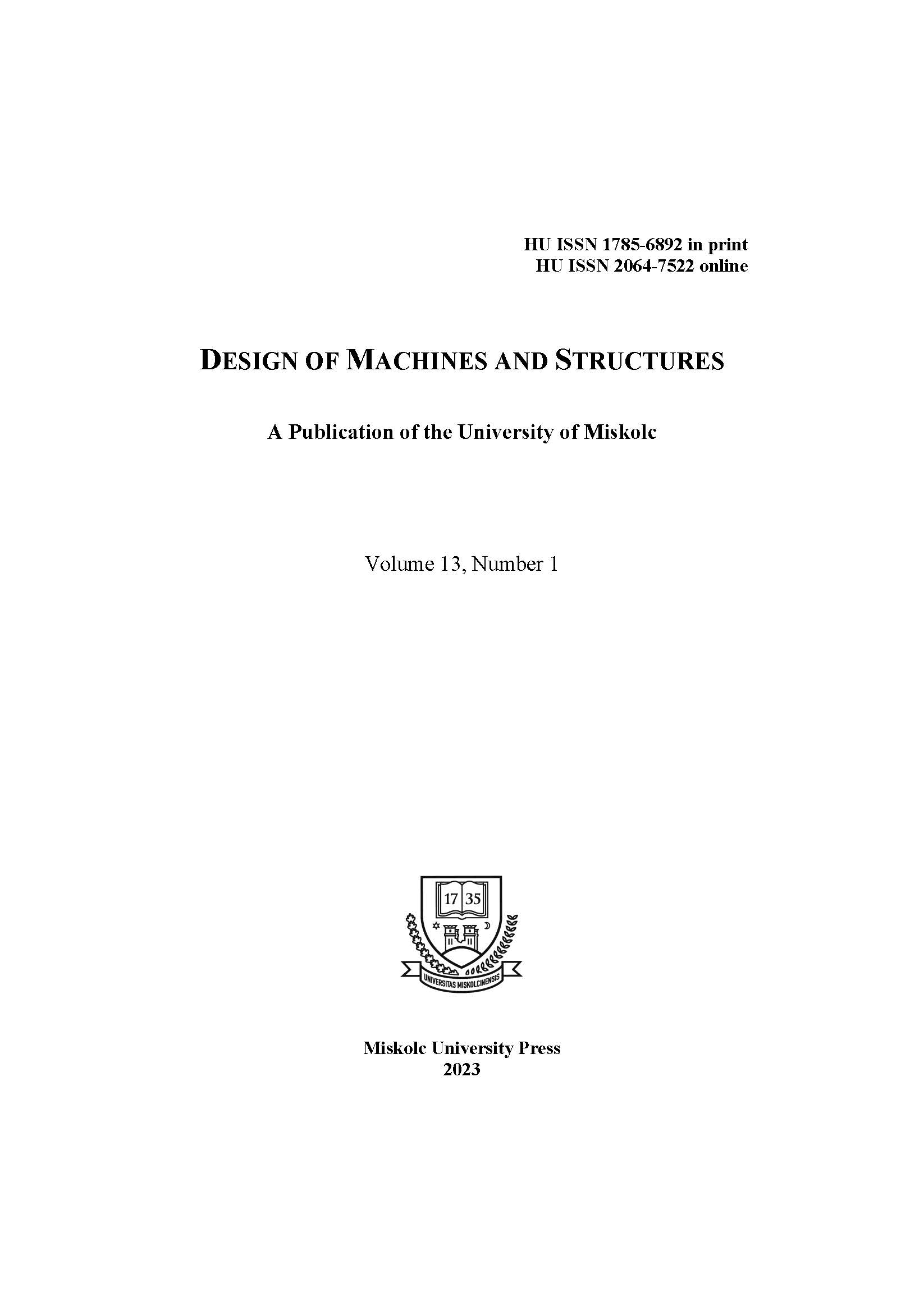The role of Artificial Intelligence in the development of railway transportation
DOI:
https://doi.org/10.32972/dms.2023.005Kulcsszavak:
Artificial Intelligence, AI, railway transportation, railway industries, Digital Au-tomatic Coupling (DAC)Absztrakt
Artificial intelligence (AI) has been a revolutionary force in modern transportation systems. In recent years, AI has played an important role in the development of railway trans-portation. This paper explores the role of AI in railway transportation and the potential impact it may have on the industry. The paper begins by discussing the different types of AI tech-nologies that are being used in railway transportation. It then examines the advantages of AI in railway transportation, including improved safety, increased efficiency, and reduced costs. Finally, the paper discusses the challenges associated with implementing AI in railway trans-portation and concludes with a discussion of future developments in this area.
Hivatkozások
Borsodi, E. & Takács, Á. (2022). Generative Design: An Overview and Its Relation-ship to Artificial Intelligence. Design of Machines and Structures, 12 (2), 54-60. https://doi.org/10.32972/dms.2022.013
Evans, A. W. (2013). The economics of railway safety. Research in Transpor-tation Economics, 43 (1), 137-147. https://doi.org/10.1016/j.retrec.2012.12.003
Fedorko, G. (2021). Application possibilities of virtual reality in failure analy-sis of conveyor belts. Engineering Failure Analysis, Vol. 128, 105615. https://doi.org/10.1016/j.engfailanal.2021.105615
Mekonnen, A. A., Sipos, T. & Szabó, Z. (2023). Generalized Linear Modeling of Crashes on Urban Road Links. Periodica Polytechnica Transportation Engineering, 51 (2), 140-146. https://doi.org/10.3311/PPtr.19119
Takács, Á. (2023). Safe In and Out of the Car. In: Jármai, K., Cservenák, Á. (eds) Vehicle and Automotive Engineering 4. VAE 2022. Lecture Notes in Mechanical Engineering. Springer, Cham. https://doi.org/10.1007/978-3-031-15211-5_6
Török, Á. (2023). Do Automated Vehicles Reduce the Risk of Crashes-Dream or Reality?. IEEE Transactions on Intelligent Transportation Systems, 24 (1), 718-727. https://doi.org/10.1109/TITS.2022.3212280
Török, Á. & Sipos, T. (2022). Can the Marginal Cost Be Extended to Life Cycle Cost? A Theoretical Case Study for Transport. International Journal for Traffic and Transport Engineering, 12 (2), 170-175. https://doi.org/10.7708/ijtte2022.12(2).02
Ulewicz, R., Nový, F., Novák, P. & Palček, P. (2019). The investigation of the fatigue failure of passenger carriage draw-hook. Engineering Failure Analysis, Vol. 104, 609-616. https://doi.org/10.1016/j.engfailanal.2019.06.036

